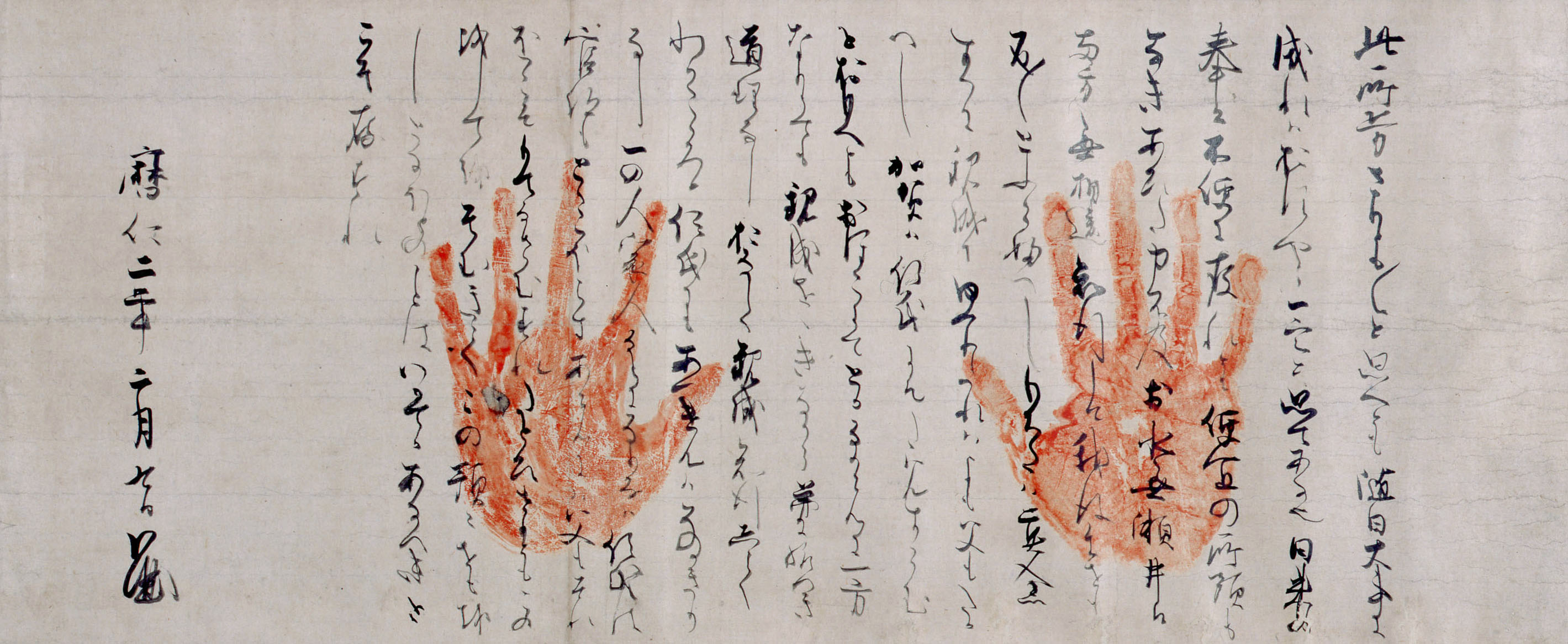The late 19th and 20th centuries witnessed a series of flip-flops among scholars as to whether calligraphy could be considered a fine art. Compared to painting and sculpture, wrote painter Koyama Shotaro in 1882, calligraphy did not attain the level of an art based on the Western models that were taking root at the time. Scholar and art school administrator Okakura Tenshin disagreed, stressing the need for an Eastern perspective. "Ultimate Beauty: The Calligraphy of Japanese Emperors," at the Kyoto National Museum traces the shinkan (calligraphies by emperors) from Emperor Shomu (701-756) through to Emperor Showa (1901-1989). The emphasis of the exhibition is on the supremacy of the art, even if the doubts of the modern period remain.
The appreciation and practice of calligraphy prior to the 20th century was subjected to different values from those cherished in the early 1900s, such as originality. "Invention" had been one of the leading critical terms for painting and the other arts since the Renaissance — which nonetheless took antiquity as its model. Language, however, has always concerned iteration and relies upon it for intelligibility. Likewise, calligraphy is part of an artistic culture of copying and the performance of the past. Its own "inventions" were more moderate because the past contained exemplary models exercising influence on the present. Tradition was innovation, not its antithesis, because, never static, it evolved with the changing cultural emphases of the times that understood the past in fluctuating ways.
Take Emperor Fushimi's (1265-1317) copy of Ono no Michikaze's (894-966) "Poem Draft for Folding Screen," (14th century). So exact is the copy in conception that even Michikaze's errors, marginal notations, and scrubbing out of characters, either wrongly written or unnecessarily so, are faithfully brushed in.



